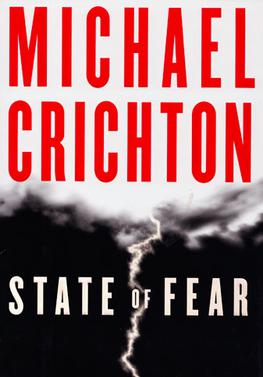What Mad Pursuit Pdf Free Download
What Mad Pursuit: A personal view of scientific discovery. N Engl J Med 1988; 319:1673December 22, 1988DOI: 10.1056/NEJM92520. Share: This article has no abstract; the first 100 words appear below. The discovery of the structure of DNA by James Watson and Francis Crick in 1953 was the most important. The first issue was advertised as free on-line, and it has an interesting range of subjects with excellent presen- tation. Torrent Bully Scholarship Edition Pc. For example, “Small. Practice, 12th ed., Lippincott, Williams & Wilkins, Baltimore, MD. Crick (1988) What Mad Pursuit: A Personal View of Science. Basic Books, New York.
Running time 93 minutes Country Australia Language English Budget 350,000–400,000 Box office US$100 million Mad Max is a 1979 Australian directed by, produced by, and starring as,,,, Tim Burns, and. James McCausland and Miller wrote the screenplay from a story by Miller and Kennedy. The film presents a tale of, murder, and set in a future Australia, in which a vengeful policeman becomes embroiled in a feud with a vicious motorcycle gang. Brikettpresse Bauanleitung Pdf Viewer. Took place in and around, Australia, and lasted six weeks.

The film initially received a polarized reception upon its release in April 1979, although it won three and attracted a, while its critical reputation has grown since. The film earned more than 100 million worldwide in gross revenue.
It held the record for most profitable film and has been credited for further opening up the global market to films. The film became the first in a, giving rise to three sequels, (1981), (1985), and (2015). • as • as Jessie Rockatansky • as Toecutter • as Jim 'Goose' Rains • Tim Burns as Johnny the Boy • as Fred 'Fifi' Macaffee • as Bubba Zanetti • as Police Commissioner Labatouche • Brendan Heath as Sprog Rockatansky • as May Swaisey • as Crawford 'The Nightrider' Montazano Production [ ] Development [ ] was a in, working in a hospital where he saw many injuries and deaths of the types depicted in the film. He also witnessed many car accidents growing up in rural and lost at least three friends to accidents as a teenager.
While in residency at a Sydney hospital, Miller met amateur filmmaker at a summer film school in 1971. The duo produced a, Violence in the Cinema, Part 1, which was screened at a number of and won several awards. Eight years later, the duo produced Mad Max, working with first-time James McCausland (who appears in the film as the bearded man in an apron in front of the diner). According to Miller, his interest while writing Mad Max was 'a with sound', employing highly kinetic images reminiscent of and while the narrative itself was basic and simple. Miller believed that audiences would find his violent story more believable if set in a bleak dystopian future. Screenwriter McCausland drew heavily from his observations of the ' effects on Australian motorists: Yet there were further signs of the desperate measures individuals would take to ensure mobility. A couple of oil strikes that hit many pumps revealed the ferocity with which Australians would defend their right to fill a tank.
Long queues formed at the stations with petrol—and anyone who tried to sneak ahead in the queue met raw violence. George and I wrote the [ Mad Max] script based on the thesis that people would do almost anything to keep vehicles moving and the assumption that nations would not consider the huge costs of providing infrastructure for alternative energy until it was too late.
— James McCausland, writing on in The Courier-Mail, 2006 Kennedy and Miller first took the film to Graham Burke of Roadshow, who was enthusiastic. The producers felt they would be unable to raise money from the government bodies 'because Australian producers were making art films, and the corporations and commissions seemed to endorse them whole-heartedly', according to Kennedy. They designed a 40-page presentation, circulated it widely, and eventually raised the money.
Kennedy and Miller also contributed funds themselves by doing three months of emergency medical calls, with Kennedy driving the car while Miller did the doctoring. Miller claimed the final budget was between $350,000 and $400,000. His brother was an associate producer on the film.